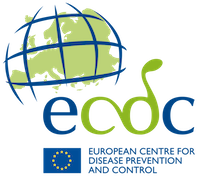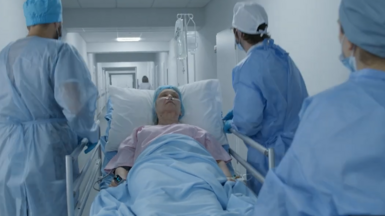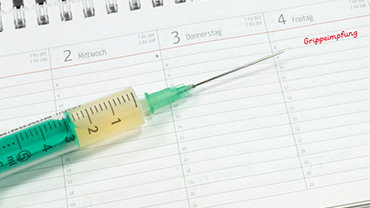Measles does not only affect children: trends for 2016 and outbreaks in Europe during 2017
During the first 2 months of 2017 we have seen 1524 cases of measles reported from 14 EU/EEA countries. Measles does not only affect children but also older age groups. In 2014 over half of the cases were in adults over 20 years old, in 2015 and 2016 this age group accounted for approximately one third of all cases. Closing immunisation gaps in adolescents and adults who have not received vaccination in the past as well as strengthening routine childhood immunisation programmes will be vital to prevent future outbreaks and reach the elimination goal.
The only way to prevent illness, disability and death from vaccine preventable diseases is through timely and complete vaccination according to each country’s national immunization schedule. ECDC joins the European Immunization Week initiative to increase awareness of the importance of immunisation throughout life and thereby help build and sustain immunity in all communities throughout the European Region.
ECDC Acting Director Dr Andrea Ammon said “It is worrying to see accumulation of unvaccinated individuals and as a consequence outbreaks of measles in several European countries in recent months.” Ammon continues “A further challenge in reaching the elimination goal in Europe is the high proportion of cases observed in older age groups. In 2016 28% of measles cases were above 20 years old. ”
Many adults do not realize that they are susceptible to vaccine preventable diseases. They may not have had access to currently available vaccines as a child, nor developed immunity to the diseases through natural infection. The age group accounting for the largest proportion of measles cases in both 2014 and 2015 was the over 20 year olds (53% in 2014, 38% in 2015). This highlights the importance of closing immunisation gaps in adolescents and adults who have not received vaccination in the past.
"It is inacceptable to hear that children and adults are dying from disease where safe and cost-effective vaccines are available. Though vaccine coverage remains relatively high in the EU, we need to continue our efforts to raise awareness and acceptance of vaccination", says Vytenis Andriukaitis, European Commissioner for Health and Food Safety. "The Commission is committed to stepping up EU support for national immunisation strategies. Improving access to vaccines, addressing vaccine shortages, countering vaccine hesitancy, facilitating comprehensive vaccination programmes and strengthening research and development are among our priorities."
In the last twelve months, between 1 March 2016 and 28 February 2017, 5 881 cases of measles were reported by 30 EU/EEA countries; Romania accounted for 46% of all cases reported in this period. Other countries with a high proportion of cases were Italy (24 %), the United Kingdom (9%). A measles outbreak is ongoing in Romania and cases continue to be reported despite response measures that have been implemented at national level through reinforced vaccination activities. Since 1 January 2016 and as of 7 April 2017 a total of 4 090 cases were reported. In 2016, a number of other EU/EEA countries reported measles outbreaks, and an increase in the number of cases continues to be observed in 2017. In 10 countries (Austria, Belgium, Croatia, France, Germany, Italy, Poland, Romania, Spain and Sweden) the number of cases reported in January-February 2017 was more than double compared to the same period in 2016.
Despite the progress towards measles elimination reported by The Regional Verification Commission for Measles and Rubella Elimination the vaccination coverage is still sub-optimal in many EU/EEA countries. Interrupting transmission requires at least 95% vaccination coverage with two doses in every district and community. The latest available data (2015) shows that the vaccination coverage for the second dose of measles was below 95% in 15 of 23 EU/EEA countries reporting on the second dose. The vaccination coverage for the first dose of measles was below 95% in 12 of 27 EU/EEA countries reporting on the first dose. If the elimination goal is to be reached, the vaccination coverage rates for children targeted by routine vaccination programmes will have to be increased in a number of countries. Also, immunisation gaps need to be closed in adolescents and adults who have missed opportunities for vaccination in the past.






